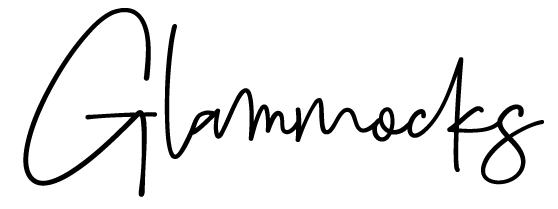

La Guajira is a department in Northern Colombia bordering Venezuela, with a population of about 900,000. It accounts for the majority of the La Guajira Peninsula in the northeast region of Colombia on the Caribbean Sea.
The first settler known to have placed foot on La Guajira was Juan de la Cosa, a Spanish navigator and cartographer, in 1499. During the colonial area, the department was a tangled mess of dispute amongst various groups such as English pirates, Frenchman, and Germans.
The first settlement was a small town on the Caribbean coast called Riohacha, now the capital city of La Guajira. In 1964, the Department of La Guajira was established, amongst a majestic panoramic of the Caribbean Sea is the spectacular Peninsula of La Guajira, where the indigenous Wayuu people reside.
Northern Colombia is an isolated region divided by serene blue waters, where the streets are decorated with the stunning colors of Wayuu handcrafts: the famous Wayuu chinchorros (hammock) and Mochila bags. It is an area with its own unique combination of reality, fantasy, serenity, and hardship. The land, the water, the people, and the animals create one of the most different and stunning regions you will explore in the Caribbean.
The Wayuu People, Their Lifestyle and Handicrafts

The Wayuu Chinchorro

The Wayuu (Wah-You) people is a Native American ethnic group in La Guajira, although they do not like to be called “natives”. The Wayuu people are a talented group of artisans who weave magnificent pieces of art that illustrate unique stories. Unfortunately, the Wayuu people do not receive much financial assistance from the government. Therefore, the people of the Wayuu tribes rely on the sales of their handicrafts in order to provide for their families.
Traditional Wayuu settlements (rancherias) consist of five to six small houses (piichi or miichi), which are made of wooden posts and frame, with mud and clay walls. Inside these houses, hammocks (or chinchorros) are suspended for sleeping and for storing personal belongings. To the Wayuu people, their hammocks are the most valued possessions.
Life is busy for the Wayuu people. They split their time between farming, caring for children, and weaving. From a young age, Wayuu girls are taught by their mothers and grandmothers how to make handwoven products such as hammocks and mochilas (bags). For the girls, learning to perfect the art of weaving authentic Wayuu items is their education.
The Wayuu Mochila

The chinchorro is the centerpiece of every room in a Wayuu household. An artist will devote up to eight months to hand-weave a hammock one strand at a time on a vertical loom. The skirts and tassels of the hammock is a spectacular show of intricate patterns designed with a crochet technique. Furthermore, a Wayuu hammock tells a unique story through its patterns and colors.
Wayuu people cherish their hammocks. The pride and value they place on this long-standing Wayuu cultural artefact show through their beautifully handwoven products.
Our hammocks are meticulously handcrafted by Wayuu indigenous women with the paletiado technique (using a loom). The bottom section (the skirt) is threaded with a crochet technique. One hammock takes up to eight months to produce. Browse our chinchorros and see it for yourself.
A typical Wayuu mochila is made using a crochet process, which consists of a series of small stitched knots using a one or two-thread crochet technique. A mochila woven with the one-thread technique takes 30 days to create, whereas a two-thread woven mochila takes 15 days to craft.
Women are not the only artisans of handwoven products. The Wayuu men craft belts, bracelets, and strap for the mochilas, while the women make the mochilas and chinchorros. The men also use a weaving process for the straps, and combine the colors of the mochila in the straps.






